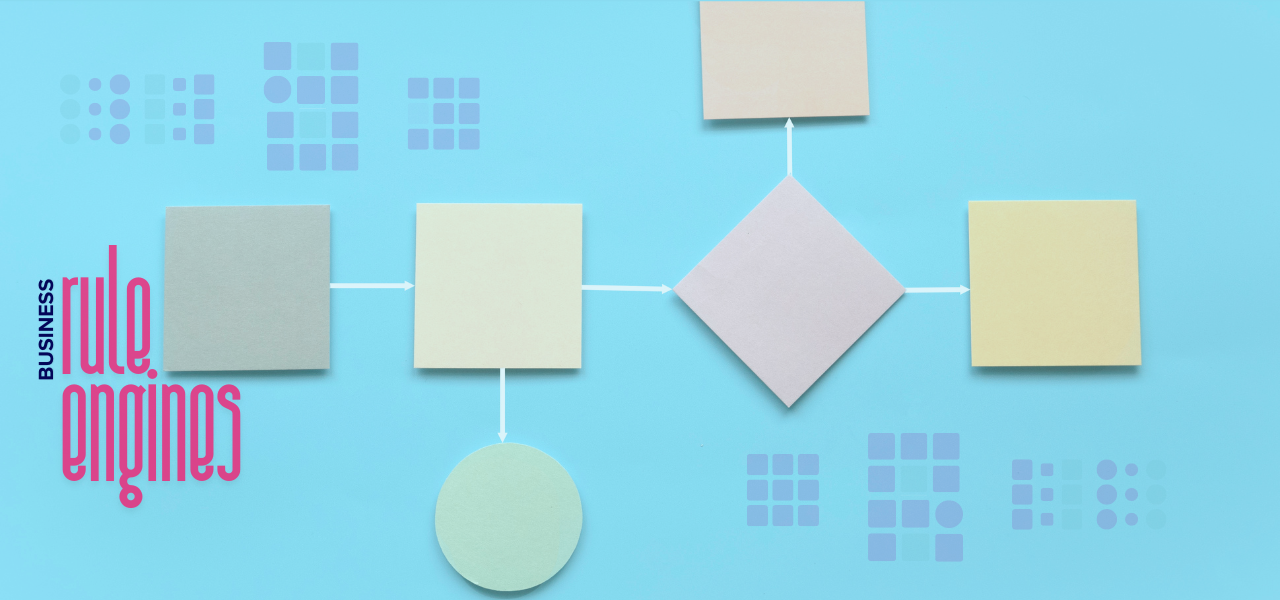Navigating the Challenges of Maintaining a Legacy Application: Key Issues and Solutions

When an application is difficult to maintain, it means that developers encounter significant challenges when trying to make modifications, fix bugs, or add new features. This difficulty often arises from complex and tightly coupled code. Here’s a deeper exploration of what this entails:
1. Complexity in Code Structure: The codebase may lack clear organization or adhere to established design patterns and principles. This can make it hard for developers to navigate through the code and understand how different components interact.
2. Tight Coupling: Components within the application may be tightly interconnected, meaning that changes to one part of the code can inadvertently affect other parts. This makes it risky to make modifications without unintended consequences.
3. Lack of Modularity: The application may not be modularized into separate, independent components with well-defined interfaces. This makes it difficult to isolate and modify specific functionalities without impacting other parts of the application.
4. Spaghetti Code: The codebase may exhibit characteristics of spaghetti code, where logic is intertwined and difficult to follow. This makes it challenging to maintain or extend because developers must carefully trace dependencies and understand the flow of execution.
5. **Inadequate Documentation**: Insufficient or outdated documentation further complicates maintenance efforts. Developers may spend more time deciphering code behavior and less time implementing changes or improvements.
6. Legacy Code: Portions of the codebase may be outdated or built using older coding practices, making it harder for developers accustomed to modern coding standards to work with.
7. High Technical Debt: Technical debt accumulates when shortcuts or temporary solutions are applied to meet deadlines, sacrificing long-term maintainability. This debt accrues interest over time as more changes are made, potentially slowing down development velocity.
8. Limited Test Coverage: Inadequate test coverage exacerbates maintenance challenges. Without comprehensive unit tests, integration tests, or automated tests, developers may hesitate to make changes out of fear of introducing regressions or breaking existing functionality.
9. Dependency Issues: The application may rely on outdated or incompatible third-party libraries or frameworks. Updating these dependencies could require substantial effort and risk due to potential compatibility issues with existing code.
10. Skill Requirements: Maintaining complex codebases often requires specialized knowledge and experience. If developers lack familiarity with the specific technologies or architectural patterns used, it can further hinder maintenance efforts.
To address these challenges, organizations should prioritize refactoring efforts, improve documentation, adopt modular design principles, invest in automated testing, and regularly review and update dependencies. These proactive measures can help reduce technical debt, enhance code maintainability, and empower developers to efficiently evolve the application over time.


